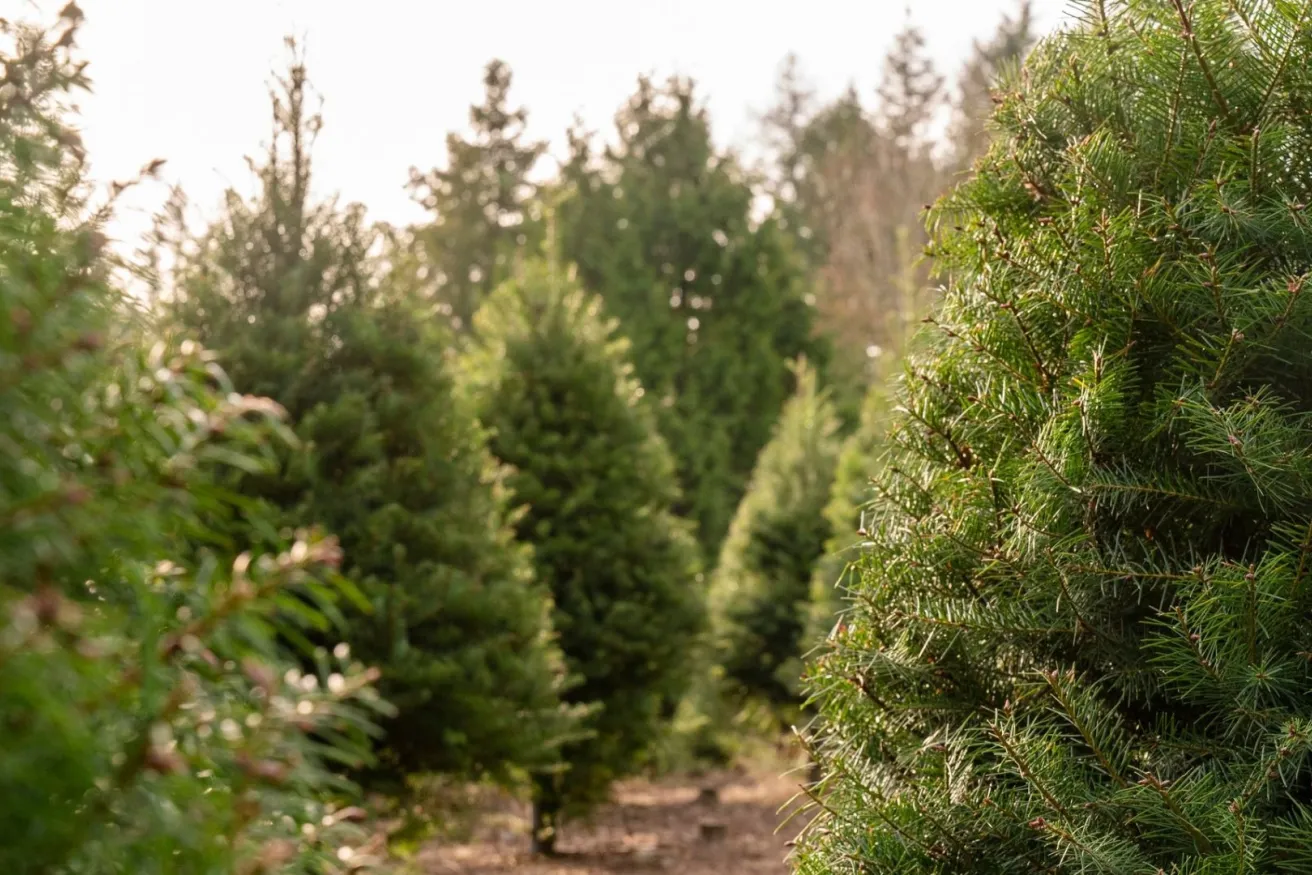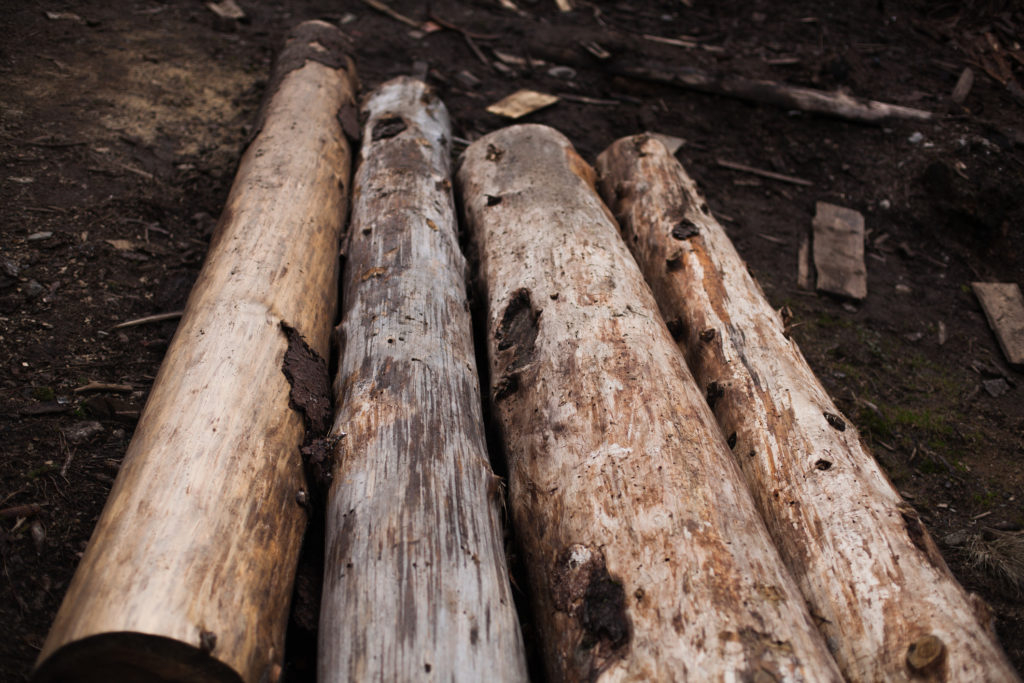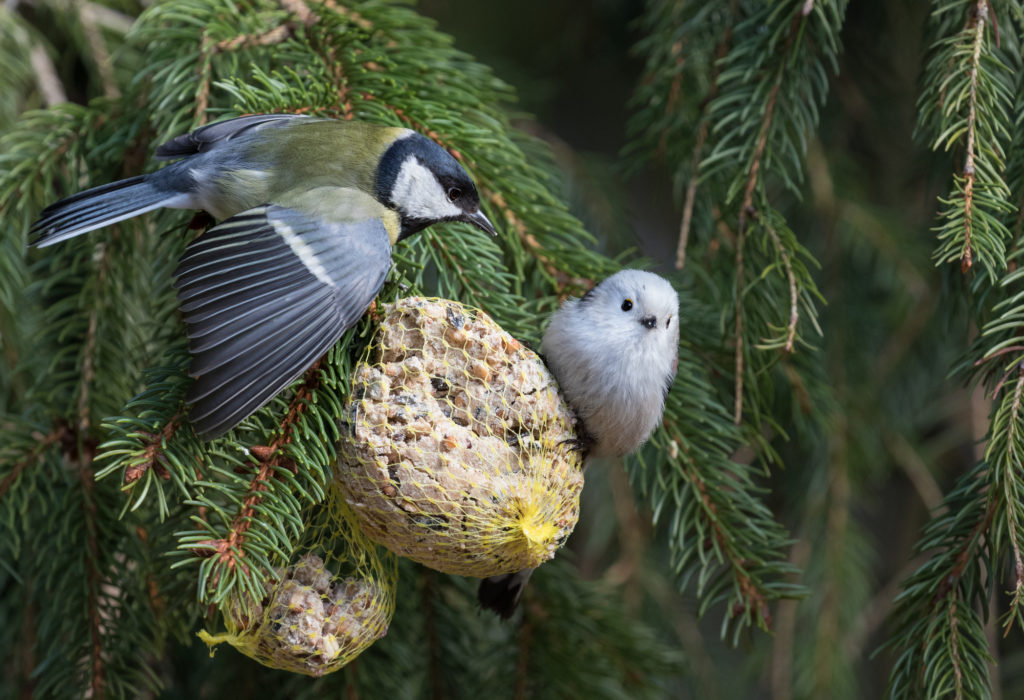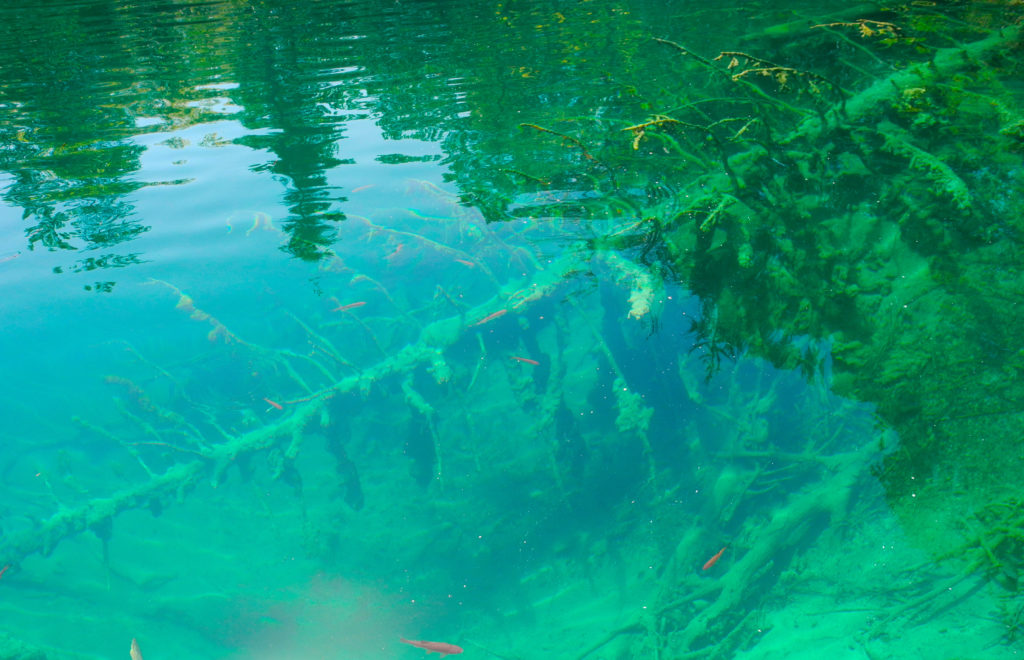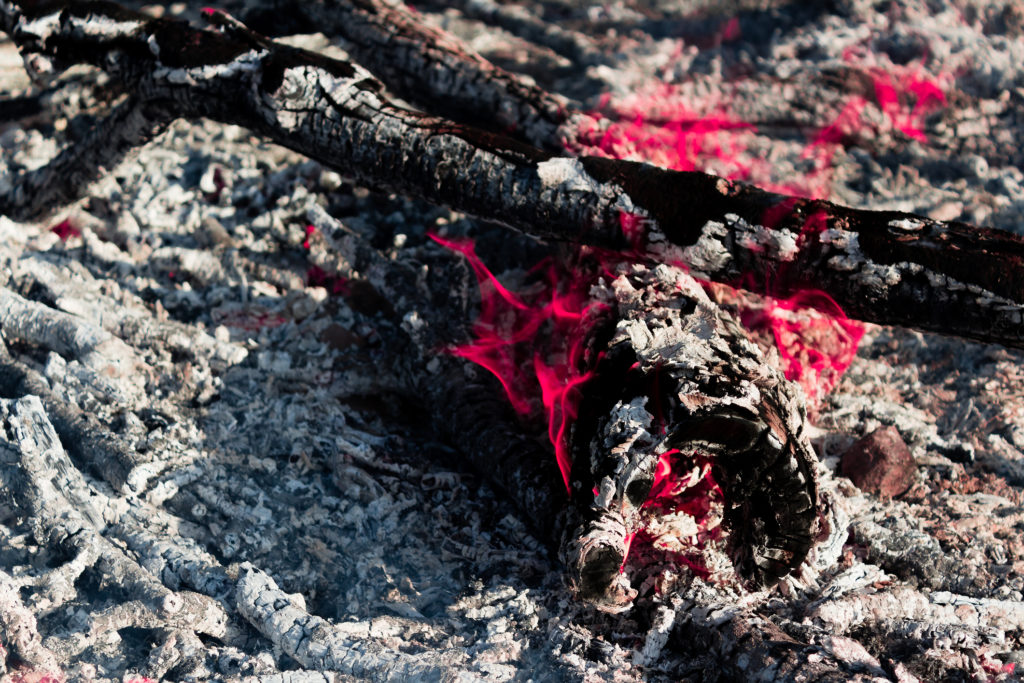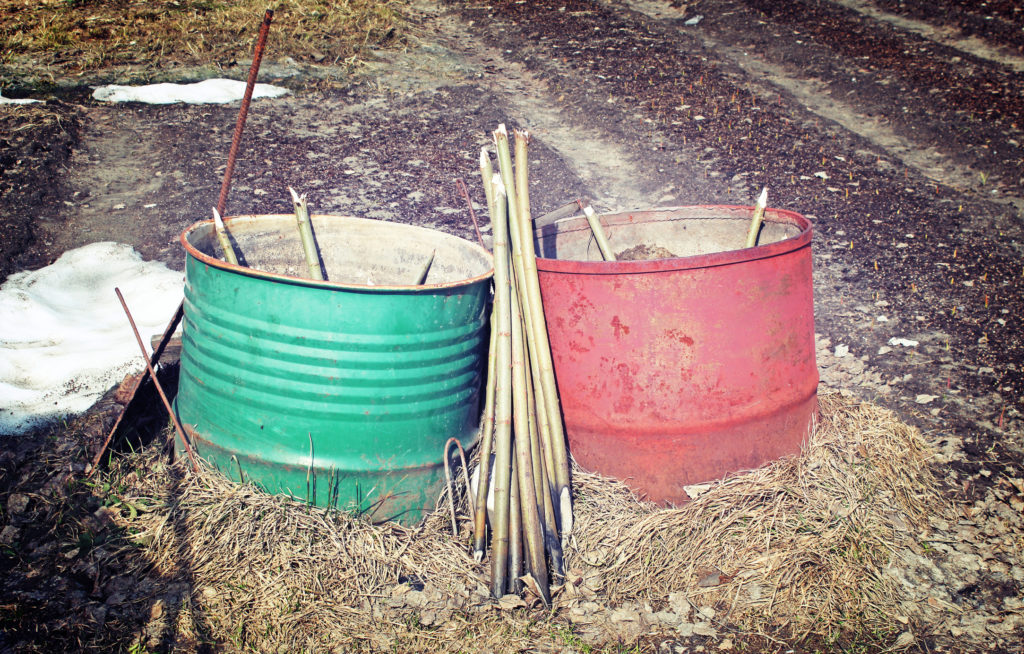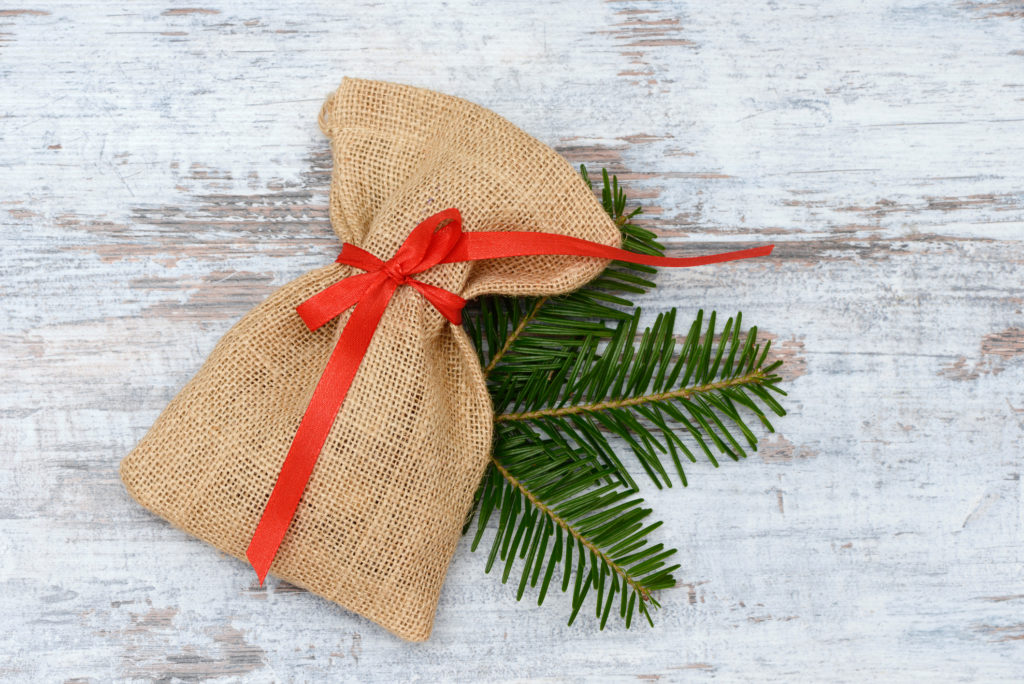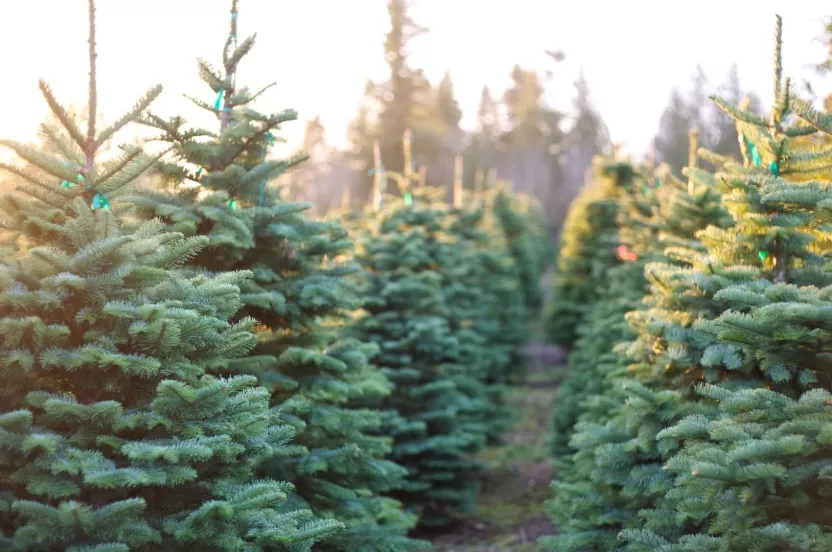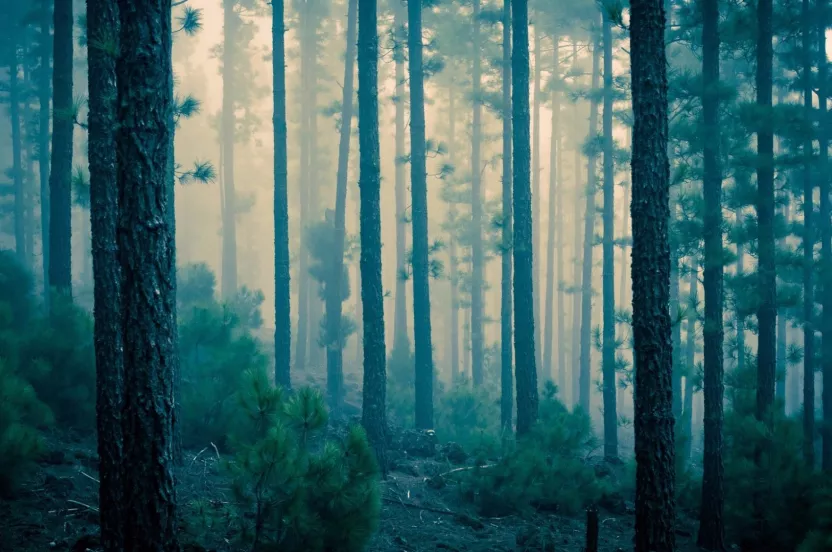Now live: The 2025 Canopy Report. Learn how Americans see trees. GET THE REPORT
Each year, 25 to 30 million live Christmas trees are sold in the U.S. And the debate continues whether it’s more sustainable to buy a live tree or an artificial tree. Artificial trees can be used year after year, while a live tree is cut down, can only be used once, and then discarded. So why would anyone want to cut down more trees?
Most live Christmas trees are grown on farms, like crops, for the specific purpose of being harvested as Christmas trees. Every time a Christmas tree is purchased, a new one is replanted on the farm. Very few Christmas trees are removed from federal forests, and those that are, are strictly regulated by the U.S. Forest Service.
Live trees are more sustainable because they are biodegradable, unlike plastic trees which fill landfills and cause more harm than good to the environment. Plus, Christmas tree farms provide many of the same benefits as community trees and forests — cleaning the air and water, removing carbon, stabilizing soil, and more.
One of the other benefits of a live Christmas tree is the different ways you can recycle it at the end of the season. Many communities offer free Christmas tree recycling and make mulch, compost, and wood chips from the trees.
Here are eight ways you can reuse your Christmas tree long after the season is over.
1. Firewood
Because most evergreens are heavy sap trees, they work best for firewood when used outdoors. The sap is flammable and creosote build-up can pose as a threat when used indoors. Evergreens tend to burn hot and fast, making them ideal for bonfires.
Note: Trees with sap should be dried out a few months before cutting or burning to avoid a mess and an unruly fire.
2. Mulch
The most common use for your tree is to make mulch or compost out of it. Whether it’s with the wood chips or needles, mulch is a great way to keep your yard trees healthy and moist during the cold winter season. Pine needles are full of nutrients that enhance the PH of your soil if it's more alkaline and allow your soil to breathe without becoming dense and compacted. Be sure to douse your pine needles with water and mix well in your compost pile.
Watch: Ask an Arborist: Why do we Mulch?
3. Wildlife
The tree doesn’t have to be living for wildlife to take over. Hang bird feeders to attract birds and watch your tree evolve into a bird sanctuary. Other critters will soon follow as they nest in the branches of the tree.
4. Fish Feeder
When trees are dropped and left in water, they become a thriving reserve for fish. The weight of the tree acts as an anchor, and as time passes, algae starts to form on the tree, feeding fish and protecting them from predators. Check with local officials and see if you can drop your tree in a nearby lake or pond.
5. Ash for Your Garden
After you’ve burned the wood from your tree, gather the ashes and spread them on your garden. Wood ash contains potassium and lime (among other nutrients), which help plants thrive, or mix the ashes into a compost. The ashes are also useful in keeping insects away. Don’t confuse wood ash with coal ash, coal ash does not offer the same benefits.
Read: How to Create a Garden Around Your Home That Stands Out
6. Insulate your Garden
Cut off the branches of your tree and lay them on your garden bed, the boughs will protect your plants from winter freezes and spring thaws. By laying them on your garden, you’re giving your plants a steady temperature for the cold months. The limbs also work well as a garden edge.
7. Fresheners
If the needles on your tree are still green, strip the tree and store the needles in paper bags or sachets to use as fresheners. The needles will retain their scent and freshen your home year-round.
8. Coasters
You don’t have to be a craftsman to cut the trunk into one-inch wood coasters. They’re attractive, practical, and protect your wood tables from water damage. Be sure to let the tree completely dry before cutting (or they wood will split) and varnish the coasters before use.
If you have no need for recycling your living tree for home use, then search for a local recycling program that will recycle your tree. Many communities have recycle/reuse programs and offer curbside pickup. Living trees are biodegradable, so no matter how it is used after the holidays, it is sure to benefit the environment.
